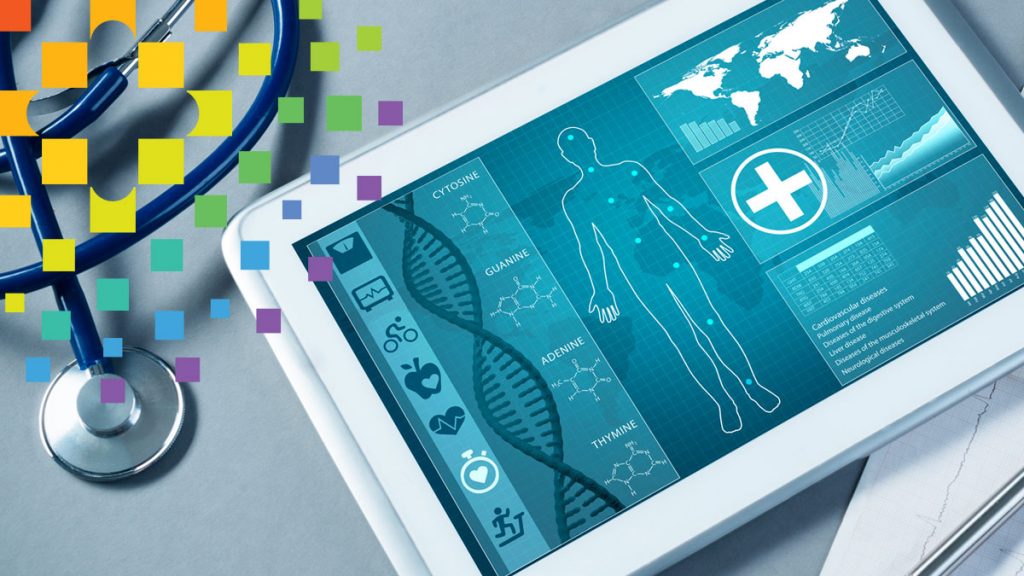This market research report was originally published at Omdia | Tractica’s website. It is reprinted here with the permission of Omdia | Tractica.
With the emergence of the coronavirus (COVID-19), the world has faced the unprecedented challenge of shutting down everything except for essential services. Every country around the world has been forced to lock down. As a result, the economy is expected to suffer a contraction not seen since the Great Depression of the 1930s. Economists remain optimistic about a “V” shaped recovery, but debate around the impact of COVID-19 on the world’s population and definitions of the new “normal” continues.
Video analytics software, which deals with the extraction of information from video via computer vision, is emerging as a useful tool in the fight against COVID-19. It promises to bring a range of new use cases enabled by computer vision to help humanity get back to what used to be “normal.” Many video analytics companies have incorporated such features into their products. As the world economy starts to open in the post-COVID-19 era, some customers have started using video analytics products. We’ll likely see many enhancements being developed for these products as a result of COVID-19. Below are some examples:
- Infrared (IR) sensors: FLIR, a thermal sensor company, has announced products for temperature measurement via IR sensors. These cameras can be used as body temperature screening tools for detecting elevated skin temperature in high traffic public places for quick individual screening. While the jury is still out about the accuracy of these sensors, we can easily imagine a scenario in which video analytics software in crowded places like airports or malls is enhanced by such features.
- Facial recognition with mask: Airlines are mandating masks when flying due to COVID-19. The security systems that are based on facial recognition systems are therefore faced with the challenge of recognizing a person who is wearing a mask. Facial recognition video analytics companies such as Herta are introducing features for recognizing people when they are wearing masks. The accuracy of such a system is questionable at this time, as no training data is available to recognize a person with a mask.
- Social distancing warnings and alerts: As social distancing becomes the norm, features that generate alerts when people are spotted close to each other or touch something they are not supposed to will come into play. They will be incorporated into video analytics software as a standard offering.
- Personal protective equipment (PPE) detection and alerts: Along similar lines, safety-related video analytics software will be enhanced for PPE. For example, a video analytics system could be enhanced to generate an alert when a construction worker is spotted in the field without gloves or a mask.
The industry has moved at a rapid pace, and improved video analytics technology is already being deployed. For instance, there are reports that China successfully used surveillance cameras to protect against the spread of COVID-19. IR cameras were used in Wuhan to register people with a fever and facial detection was used to identify people who might have potentially been exposed to COVID-19.
The accuracy of such features could remain an issue until good training data is collected and the models are trained. Nevertheless, video analytics will rapidly enable a wide range of use cases in humanity’s fight against COVID-19. Video analytics vendors stand to benefit in the short and long run, as demand will create new monetization opportunities. Those vendors that can provide the highest accuracy with their video analytics products will reap benefits in the long run.
Anand Joshi
Principal Analyst, Omdia | Tractica


